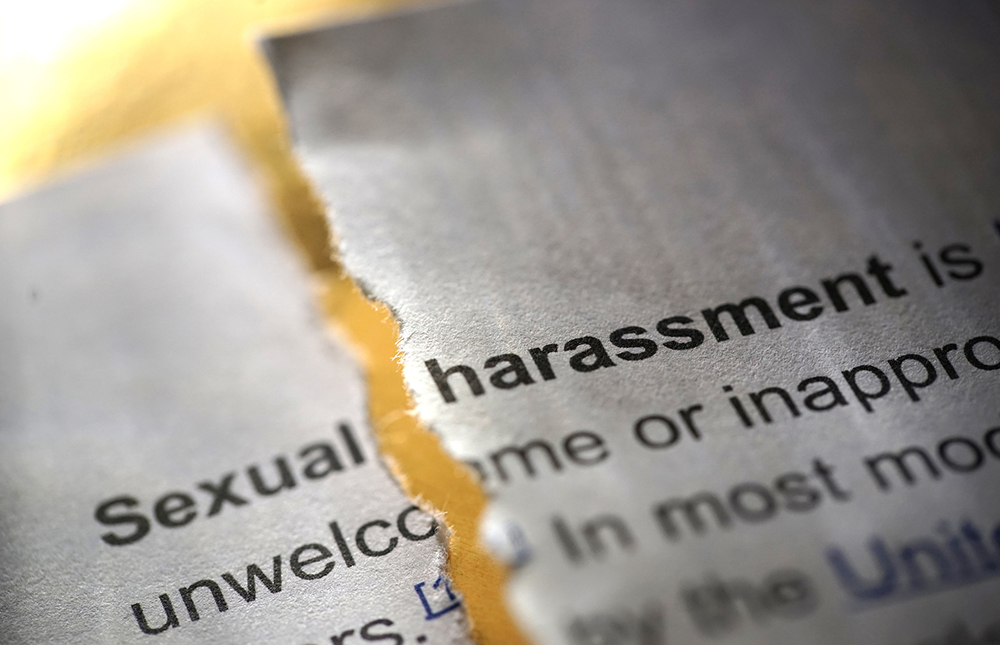As of this writing, and with six female accusers, New York Governor Andrew Cuomo is forcefully denying all allegations that he wrongly touched women or was ever placed on notice that his words and conduct were offensive. With a sexual harassment investigation by the state attorney general under way and highly placed politicos from the governor’s own party calling for his immediate resignation, the stakes are pretty high. Without judging the allegations to be credible, what lessons can we learn?
Accusations
In a word, “creepy.” Some six women, mostly former staffers, have made complaints (some based on words and actions dating back years) that Governor Cuomo allegedly made them feel uncomfortable by questioning them about their personal lives, including their sex lives, and hinted he wouldn’t mind dating younger women. Others have recounted an unwanted touch from the governor.
Still others have alleged more serious physical conduct—groping—which, if true, would amount to a battery or physical assault in violation of the New York Penal Code. One narrative is that Governor Cuomo would allegedly summon young female staffers to assist him with a “tech” problem as a pretext for an encounter.
Most of the accusers have indicated they didn’t feel comfortable coming forward with an accusation given Governor Cuomo’s position of power, which may explain their delay in making a complaint.
Context
What makes this all so bizarre is that Governor Cuomo is a self-proclaimed and unabashed feminist who has championed several groundbreaking new sexual harassment laws. The laws, passed during the #MeToo movement, required employers to adopt certain policies and provide sexual harassment training upon hire and at least once a year. They also subjected employers to liability for sexual harassment inflicted by employees upon nonemployees, such as independent contractors.
Ironically, the harassment allegations made by the accusers as well as Governor Cuomo’s current defense (he didn’t know he was being offensive, etc.) are straight out of the state’s own training materials. In a bizarre twist, the governor is claiming he is a victim of “cancel culture.”
Lessons Learned
All employers know one of the attributes of a healthy workplace is an employee’s ability to communicate freely with management, including being able to file a complaint or other grievance. So, independent of whether the offensive conduct occurred as claimed, one of the biggest takeaways for employers is zeroing in on why female employees would be too afraid to make a complaint.
The opposite of a healthy workplace is a toxic setting in which filing a complaint is a death sentence with retaliation a given. While the state of New York has a robust reporting system, it appears to be common knowledge that making a report against Governor Cuomo would either accomplish nothing or, worse, be a career ender. Not surprisingly, some accusers kept silent and just asked to be moved away from the governor to avoid any future encounters.
Unlike Title VII of the Civil Rights Act of 1964, the New York State Human Rights Law imposes personal liability on those who “aid and abet” sexual harassment. A little discussed aspect of Governor Cuomo’s saga is the likelihood a person in a position of authority (e.g., a supervisor) knew or should have known about the conduct that’s the subject of the complaints.
As more details emerge, we may find supervisors or other “decision makers” were on notice of Governor Cuomo’s conduct, which now seems so obvious. If that occurred, the individual(s) could face personal liability for not taking action to intervene and end the abuse.
That is the classic dilemma: (1) Listen empathetically to a subordinate who is upset about a boorish encounter, and do nothing, or (2) take concrete steps to report and end the abuse. For those who truly care about the organization and its employees, there is really only one answer.
Takeaways
Having a sexual harassment policy is one thing. Making sure employees use it is something else.
Think about how your company would respond: Is the leadership climate healthy or toxic? Are your company’s employees empowered to actually report abuse? Would your supervisors proactively report and end the conduct?
Now is the time to do a deep dive and understand your company’s culture. If necessary, bring in outside help to assess the situation.
Paul J. Sweeney is an attorney with Coughlin & Gerhart, LLP in Binghamton, New York. He can be reached at psweeney@cglawoffices.com.

